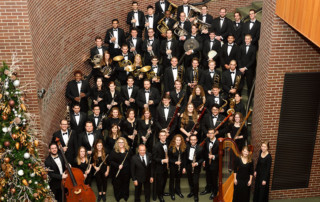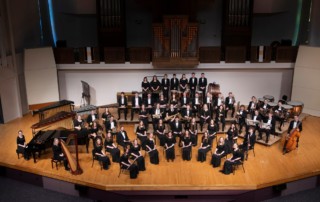Maslanka Weekly: Best of the Web – No. 121, Michigan State University Bands
Maslanka Weekly highlights excellent performances of David Maslanka’s music from around the web. This week, we feature various ensembles from Michigan State University playing recent performances of David's music: Symphony No. 5, Hymn for World Peace, and Symphony No. 8.




